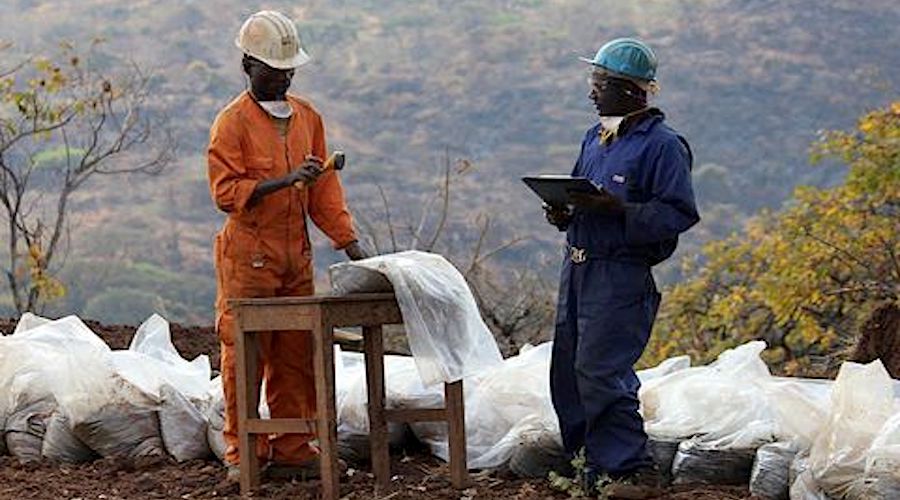
Australian junior Peak Rare Earths (ASX: PEK) said on Monday it had locked A$27.5 million ($18m) from high net worth and offshore institutional investors to advance its Ngualla project, in Tanzania.
The company said about 55 million new shares would be offered at a price of 50 Australian cents each, in a two-tranche institutional placement.
The first tranche of the placement will raise $14.3 million, with shares to be allotted on Friday, May 5.
Peak’s largest shareholder, Shenghe Resources, has committed to increase its shareholding from 19.8% to 19.9% via the placement.
Given Shenghe currently holds more than 10% of the company’s issued share capital and has a nominee director on the Peak board, its participation will be in tranche two and subject to shareholder approval.
The placement marks another step towards the development of the Ngualla rare earths project and follows the signing of a binding framework agreement with the government of Tanzania last month, after a five-year wait.
A recently updated bankable feasibility study (BFS) estimates that Ngualla requires a capital investment of $321 million to produce 16,200 tonnes of concentrates per year to be sold to to third party processors.
A final investment decision of the mine, which has an expected productive life of 24 years with annual operating costs at $93 million a year, is slated by the end of September.
Rare earths, a group of 17 minerals, and other critical minerals including lithium, copper, cobalt and nickel are used in the manufacturing of a wide range of products which are crucial for national security and the fight against climate change, including solar panels, electric vehicles, consumer electronics and military equipment.
China is not only the world’s largest rare earths producer but also the main user.
It’s an opaque market with supply determined by government production quotas and internal dynamics characterized by frequent mismatches with demand.
There is also the lingering threat that China could weaponize its rare earths supply if relations with the West deteriorate.
It did so in 2010 by cutting off exports to Japan in a dispute over the status of the islands in the East China Sea called Senkaku by the Japanese and Diaoyu by the Chinese.
Western companies have been trying to reduce their dependence on Chinese rare earth ever since with both miners and governments looking for deposits to develop elsewhere.
According to the International Energy Agency, the country accounted for roughly 60% of the world’s lithium chemical supply in 2022, as well as producing three-quarters of all lithium-ion batteries.
It also has a tight grip over the world’s supply of cobalt through its mining operations in the Democratic Republic of the Congo. Over the next two years, China’s share of cobalt production is expected to reach half of global output, up from 44% at present, according to UK-based cobalt trader Darton Commodities.
4 Comments
Rare Earths Investor
Amazing, ending section called ‘breaking away from China’ with the previous focus on Peak and Shenghe GLTA – REI
Cecilia Jamasmie
It goes to show that a “clean” break is even more difficult.
Julius J Namfua
Western countries should look more REe’s deposits
Abdul ally issa
What is the pisition of coal in the global market for the next two years